Incubating future movements in travel and culture
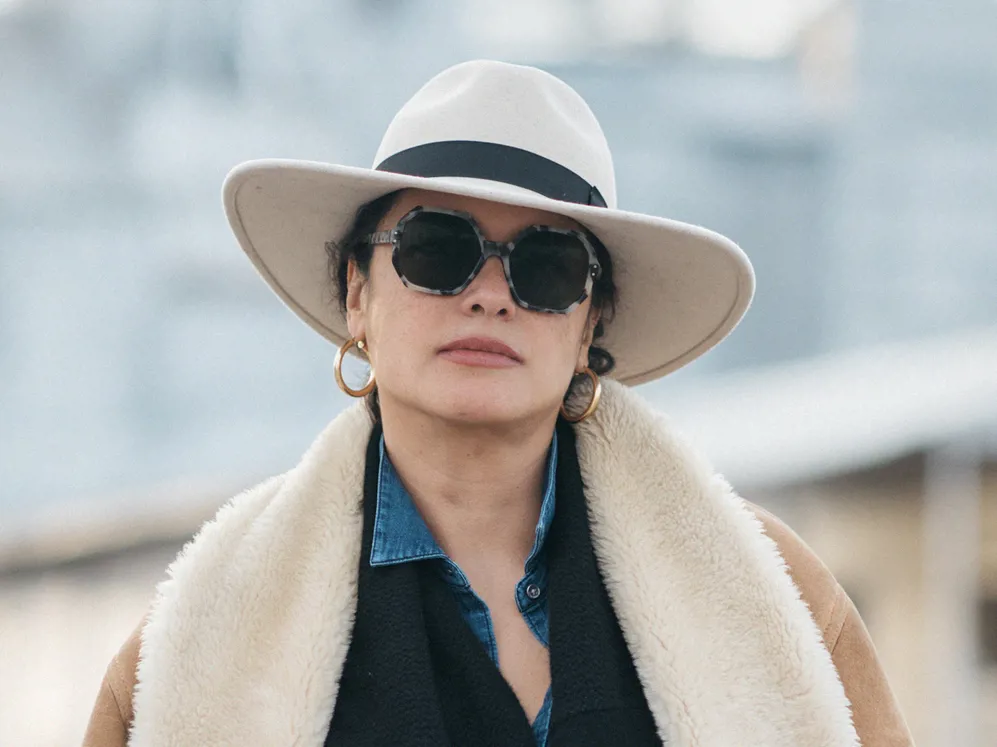
Words Carolina RaminezImages Arnaud Montagard
Mexico is not having a moment. According to gallerist Pamela Echeverría, Mexico has been having a moment since before she could remember. The rich cultural life of the capital lured her to the art world, where she worked in museums and galleries, including Galería OMR and the Museo de Arte Carrillo Gil, before setting out on her own by founding Labor in 2010. Since then, the gallery has distinguished itself as an influential forum for research-based contemporary projects that engage with current political and social topics. In recent years, Labor moved from its original Avenida Ámsterdam space to the former residence of functionalist architect Enrique del Moral just across the street from 1980 Pritzker Prize winner Luis Barragán’s house. We caught up with Echeverría in Marfa to talk art, borders and the future of Labor.
Pamela Echeverría: My background is in curating, I worked in museums for a long time and had the opportunity to work with [Spanish artist] Santiago Sierra at a young age. One of the pieces that really struck me was a piece called “465,” an exhibit at the Museo Tamayo with a Cuban curator who put together 465 people to stand in the space for three hours without talking or moving—and get paid for it. I realized then, “Wow, I live in a place where people are actually willing to perform these kinds of works,” and since then I understood art could be powerful enough to change the perception of a topic and I really, really wanted to work in contemporary art. To be honest, I didn’t know what I was doing at first. Selfishly, I liked working with these people, because I myself was learning. People always say you learn through the eyes of the artist, but for me it was more than that—I was actually developing the projects with the artists.
Echeverría: Almost all of the artists at the gallery have PHDs, which isn't necessarily a requirement by any means but it was important for me to work with individuals more than artists—individuals that would be able to explain what they were doing in the context of this crazy world we live in, conscious about history, economics, politics, etc. These artists are deeply rooted in years of research.
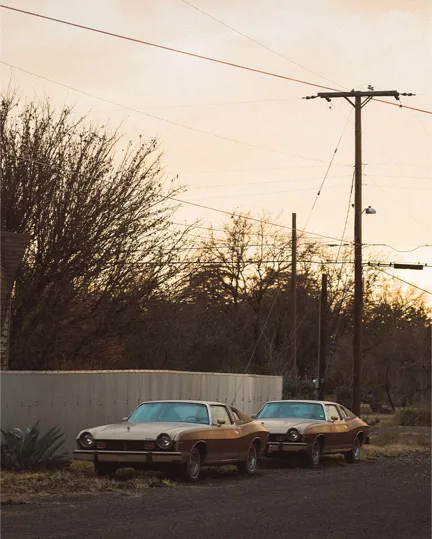
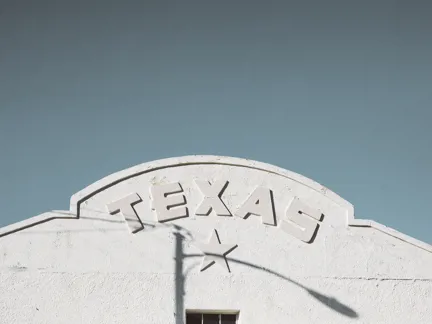
Echeverría: I can think of two artists; Jill Magid, who became quite known after the Vitra foundation purchased the archive of Luis Barragán 25 years ago and have since been controlling the copyright and everything that has to do with his work. She posed two questions: “What does it mean when a corporation owns the legacy of an artist?” and “How do I represent something I cannot reproduce?” She produced work in a clever and funny way, working with lawyers to see what she could and couldn’t do, ultimately resulting in a framed book hanging on the wall that now tells the story of economic property, understanding the law, etc. The other artist would be a Mexican artist that I work with, Teresa Margolles, who is a forensic doctor and also studied as an artist. She developed a body of work where she used the morgue as a filter to what was really happening in the streets, because the media lies, even the forensic doctors can lie, but the corpses themselves can never lie. Her project, located a few miles from Marfa, is focused mostly on the women who have been killed and mutilated in Ciudad Juárez and the war on drugs overall.
Echeverría: I really think Judd was counting on the element of isolation when he was here, and it’s so weird to visit all these places with 30 people. I don’t think that is how it was meant to be experienced. I love the desert, it's a beautiful place and to experience a sunset here is to die for. To visit 15 years later, I do think it has grown but not too much. I think the weather is what has protected it for so long. I think the whole Judd situation in Marfa means it’s being exploited but not in a bad way, but exploited in a way like, “This is what we have and we have to make something of it.” Buildings need to be maintained and all of this costs money, so if that's the way you can do it then that's the way you do it.
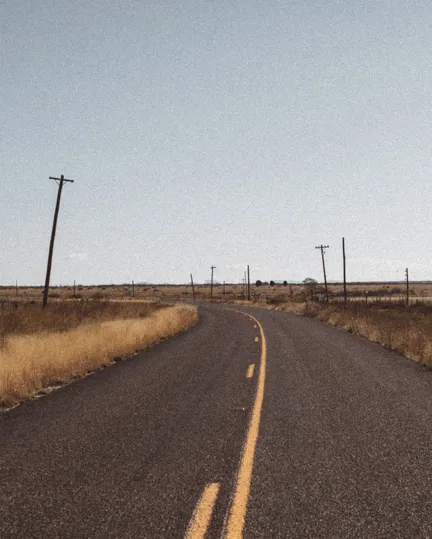
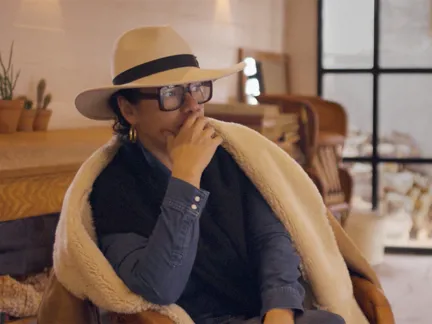
Echeverría: I have a Chilean passport, which doesn't need a visa for the United States. It needs an ESTA like a European citizen. But these border guards were trying to make me understand and admit that an ESTA only works for me flying from Chile and arriving at the airport, not driving from Mexico to the United States. And it's like, okay, but when I go to the U.S. Embassy and ask for a visa, they say, “You don't need a visa. You need an ESTA.” They are playing power games. You never know what you’ll get at the border or what mood the guards will be in, and it really only happens in the U.S.
Echeverría: What I can see from my side of the courtyard is that people just don't know what the shape of the playground will be. So you don't know how strong you have to kick the ball. For example, a gallery like mine, speaking in really strict market terms, I don't know what we are going to do if art becomes taxable for importation in the United States. Because so far the United States doesn't charge an import tax for art, which has been amazing, because the United States has extraordinary collectors. So [the spectre of an art import tax] is creating tension on both sides of the border. Everything can change with a tweet now. So you never really know what can happen. It gives you a lot of anxiety.
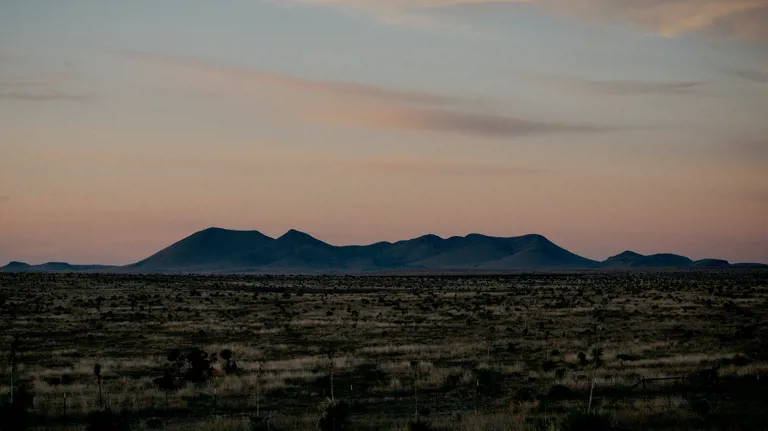
Echeverría: We are working with a young Mexican artist, Juan Antonio Vega Macotela, who has developed a beautiful body of work of textiles that will cover a wall where he is hiding information that is visible—you just don’t know how to read it. So he’s hiding very important information like the Lagarde List, working with hackers from Spain who live in Switzerland to gather all this information on tax evasion around the world. The technique is called “steganography,” where you work with jacquard [a textile technique] and you get pixels. In every pixel you get one metallic thread or two. So one is a zero, two is a one and so on, so if you have time you can decode it, but it’s not easily visible to the naked eye. Labor just turned 10 years old.
Echeverría: I want to say other things. I want to say that a project I did changed the law on copyright. I want to have something to do with changing society, otherwise I don’t have a purpose in working. It’s why I wake up every morning.
Further Borderlands
On a windswept stretch of Texas desert re-envisioned as a minimalist art mecca, Further Marfa set out on an exploration of borderlands: between art and commerce, city and country, Mexico and red-state USA, somewhere and nowhere.
Further Borderlands
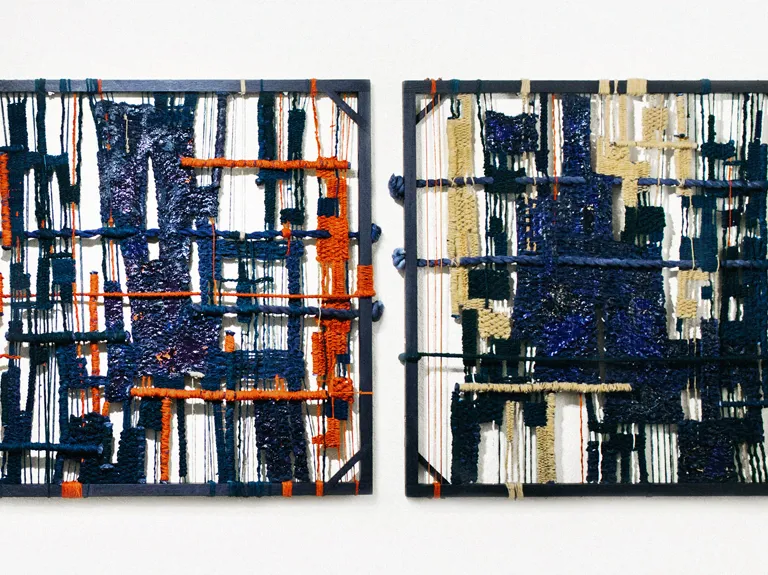
Textile designer Gerardo Ruiz-Musi explores technology, the self, and the concept of truth with his exhibition at Further Marfa.
Further Borderlands
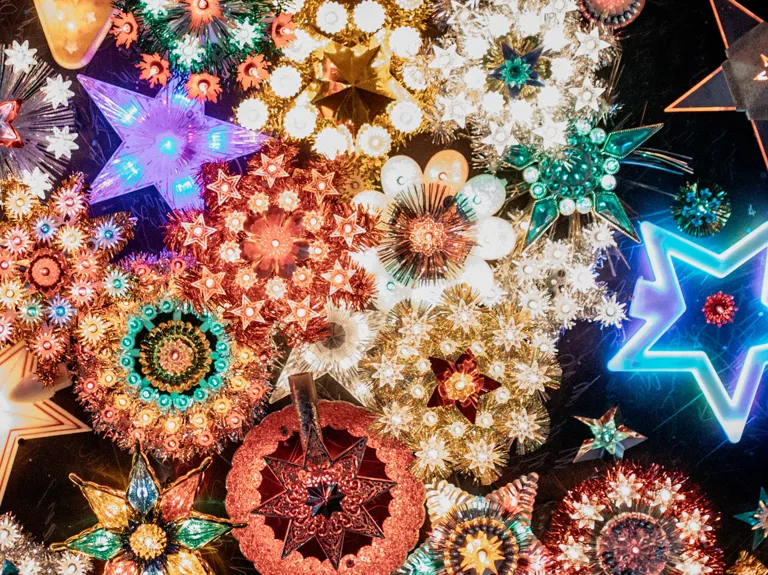
In his latest meditation on memory, beauty, and the passage of time, the influential mixed-media artist transforms illuminated Christmas tree toppers into magical vehicles of light, meaning, and ritual.
Further Borderlands
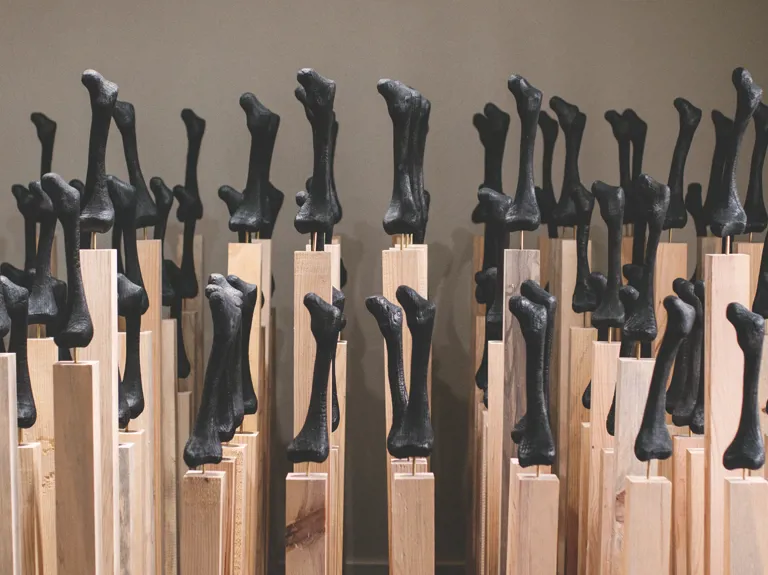
Further speaks to design collective La Metropolitana about their first work of art, an installation that uses wood to evoke the devastation of Mexico’s ongoing drug wars.
Further Borderlands
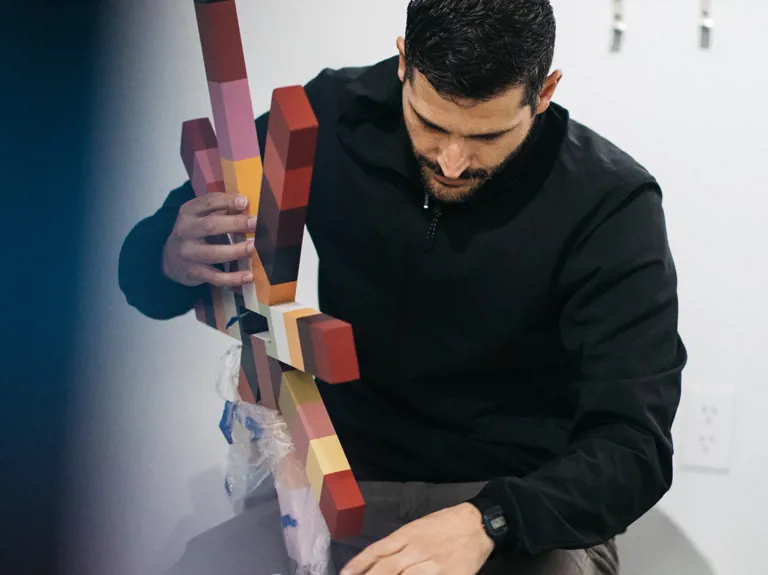
In his installation for Further Marfa, mixed-media artist Erick Meyenberg employs a color study to highlight the ecological dangers of the proposed border wall between Mexico and the United States.
Further Borderlands
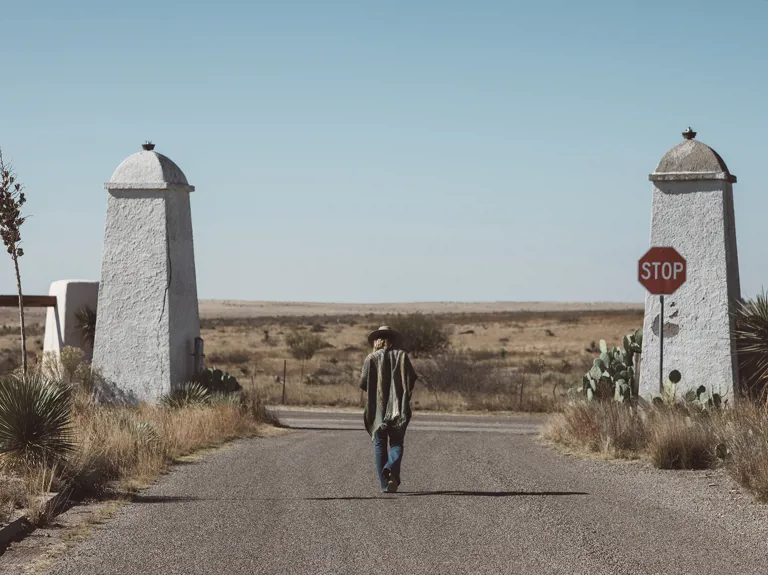
With her pioneering Mexico City-based platform Anónimo, Alejandra Martínez is concealing authorship until a work of art is sold in an attempt to free it from preconceptions.